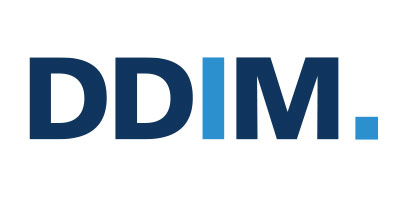
Development of a business unit, strategic orientation and performance improvement
in the role of profit center manager
Focus areas: Strategic orientation, performance improvement, organizational structure and growth
Company:
- Globally active family-run group of companies, headquarters in Germany
- Measurement and control technology, sensors and fittings, €1 billion turnover, 10,000 employees worldwide
Responsibility:
- Profit center management. Responsible for supplying all of the Group’s global production sites with sensor elements and turned parts – up to 200 employees and €30 million in “turnover” within the Group at the main plant.
- Development and coordination of a global supply chain for raw materials and turned parts with matrix responsibility for machining production at five other production sites (India, Poland, USA, China, Brazil) with a further approx. 150 employees as well as extended workbenches and suppliers worldwide
- Manufacturing processes: Focus on machining, tube drawing and bending, cleaning + degreasing, also printing, pickling, phosphating, painting, electropolishing
Initial situation:
A few years earlier, the profit center was merged as an organizational unit from several foremen’s workshops and was only managed part-time by its predecessor. The division was considered by internal customers to be underperforming in terms of unit costs, quality and delivery performance. The strong growth in demand for components was covered exclusively by external suppliers, as internal production was said to be uncompetitive.
Although a neutral result was targeted according to budget planning with internal transfer prices, the profit center generated annual losses of € 1 million.
Measures:
- Introduction of KPIs, production controlling and store floor management
- Coordination of requirements with internal customers and development of an innovative production concept with optimized machine and personnel planning (lean management)
- Flexibilization of the rigid shift model in cooperation with the works council
- Introduction of MES system and group-wide ERP system
Result:
- Management of the slump in orders during the 2009 financial crisis with a drop in demand of up to 30% and the order boom from 2010/2011 with annual increases in demand of up to 50%
- Productivity increases by an average of 10% per year, even in phases of short-time working and order booms
- Reduction of internal and external unit costs for series components by up to 50%
- After years of regular supply problems in assembly, establishment of a stable global supply chain for components with a balanced make-or-buy concept

